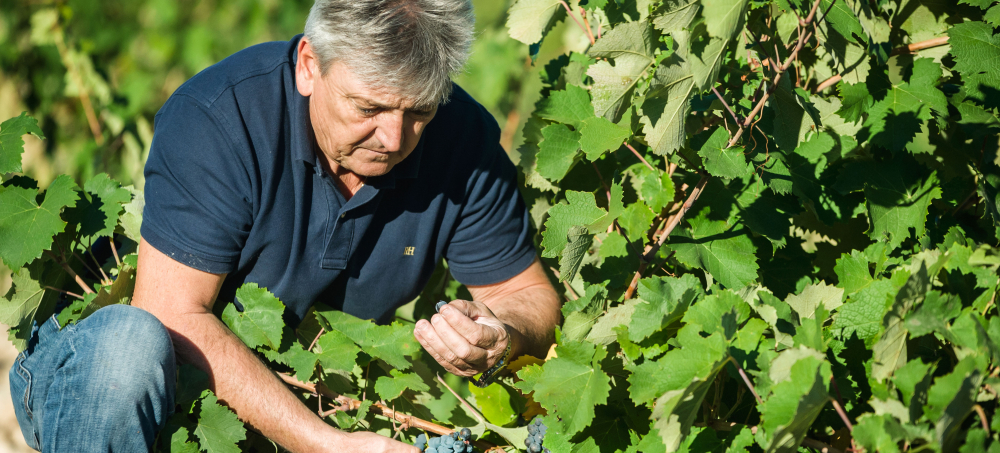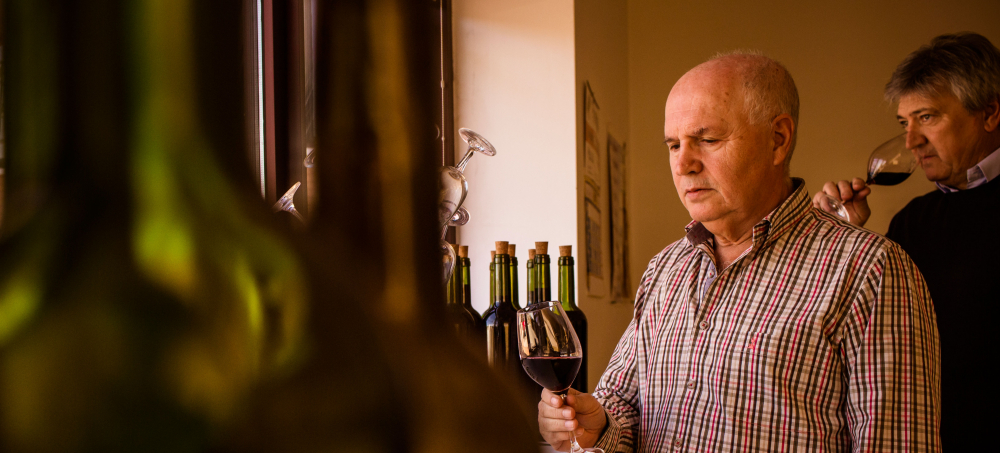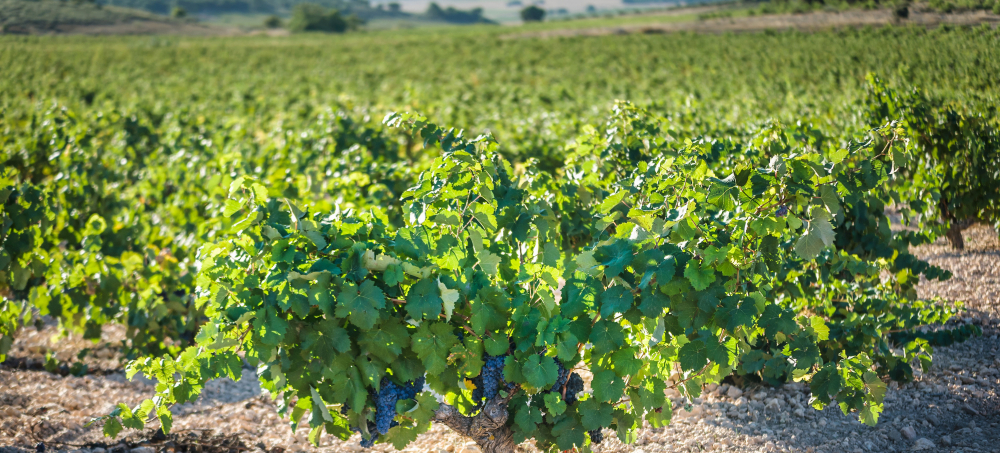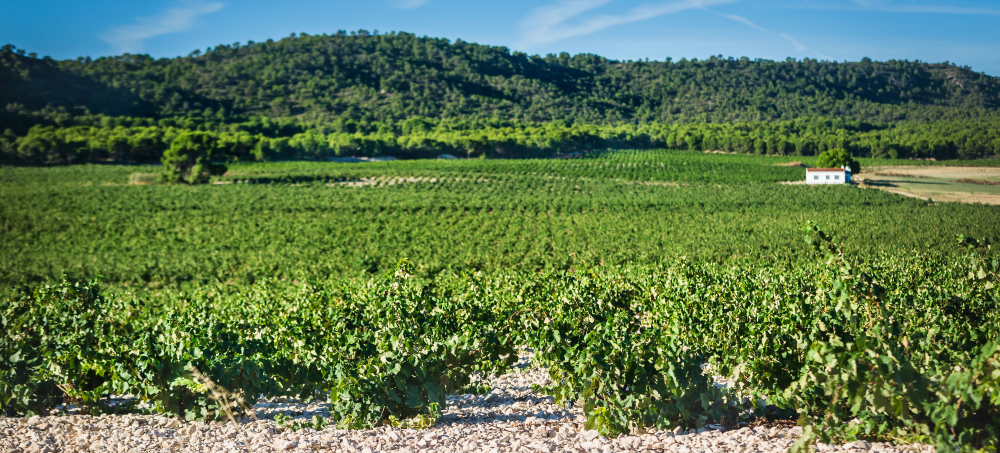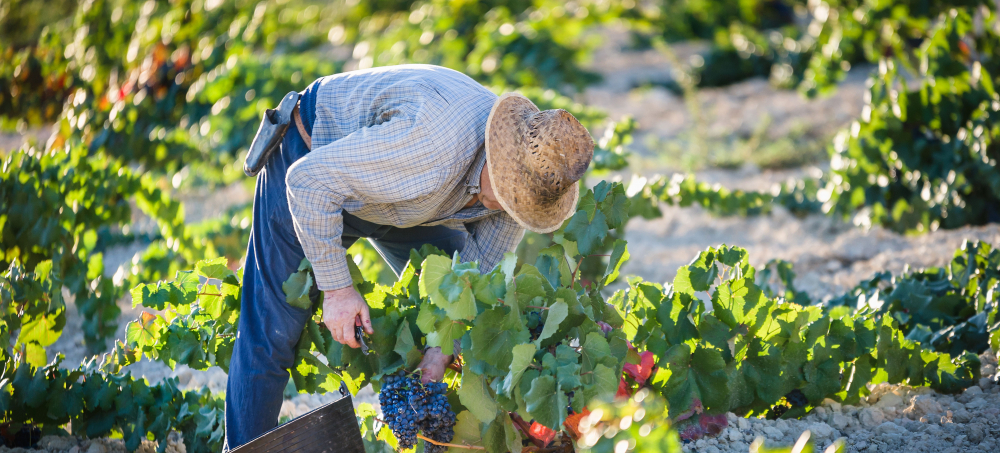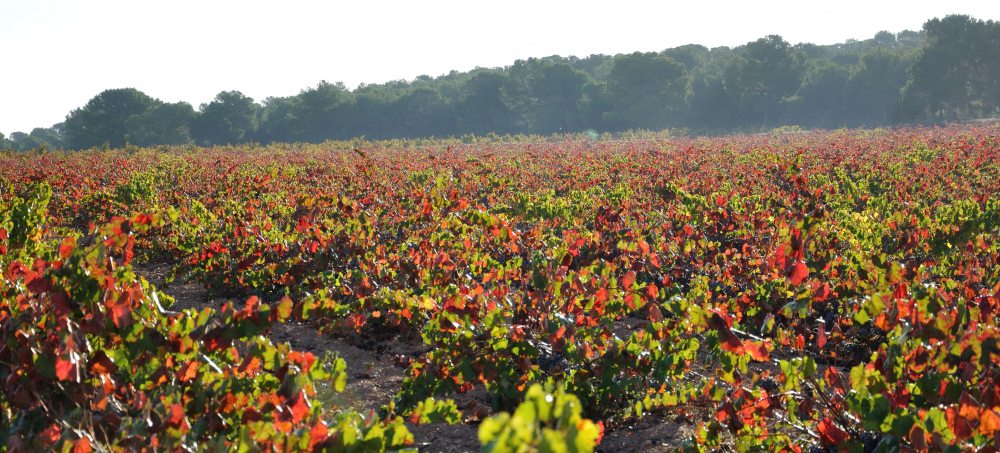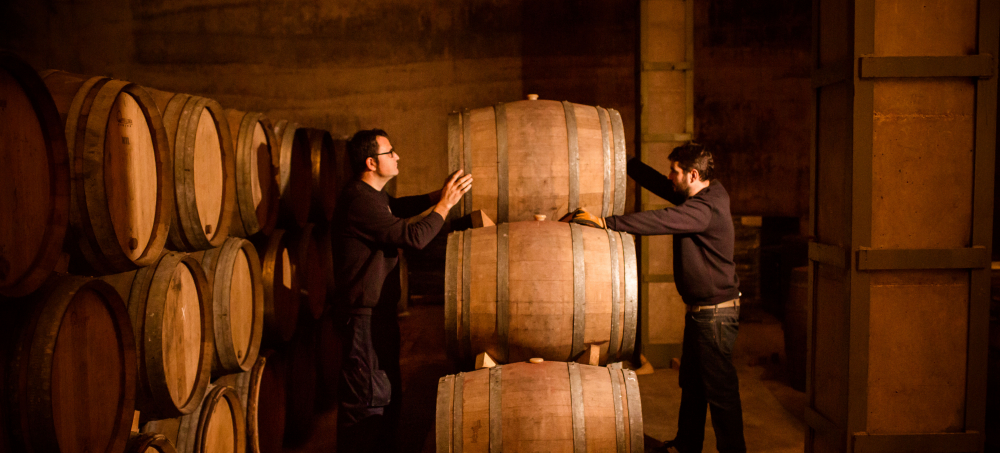In 1930, Pascual Olivares Fernandez believed that Monastrell (Mourvedre) was the one variety really well adapted to Jumilla’s climate and soils – one of very low rain fall and extremely poor soils. In that year, he began to make small quantities of wine to supply the local market and Bodegas Olivares was born. Later, in the 1960s, the second generation began to expand beyond the local market and to sell throughout Spain. Not until the third generation, around 1979, did they export any wine outside of Spain.
The Olivares' family vineyard, Finca Hoya de Santa Ana, is a very special place. It is planted at 825 meters on very sandy soil with a high percentage of chalk. There are also a very high percentage of old vines, with the oldest planted in 1872. Because of the sandy soils of the region, the old, ungrafted, bush-pruned vines at the Bodega never succumbed to phyloxerra. Given the vine age, the high elevation which provides cool nights, and that high percentage of chalk, the resuting wines provide a great combination of good concentration and complexity, along with balanced freshness and structure.
As was done traditionally in ungrafted vineyards, new platings are carried out via marcottage – basically replacing a dead vine by taking a branch from its living neighbor and planting it in the ground. Once the buried branch starts establishing roots, the connection to the original vine is cut, and the new plant begins to grow on its own. In the vineyards, all the work is done with full respect to organic and sustainable practices. Given the high elevation, harvest occurs relatively late, from around the third week in October through early November. All grapes are havested by hand as well.
For the Monastrell, the wines receive a fairly long maceration of around one month, sometimes longer. They are then aged in a combination of used barriques and foudres. The Olivares family likes to source many of their used barrels from Burgundy, though also add a few new barrels to the mix each year, but overall, only a tiny percentage of new.
Besides the Monastrell, the family also makes a small amount of sweet wine (called Dulce) as well as a dry rose. The history of the sweet wine actually dates back to the beginning, in 1930, when the family always made a sweet wine for themselves and their friends for special occasions. In 1998, the family decided to sell some in Spain and it was an immediate sensation in the sommelier community. Beyond the Dulce, they also make a great rose with a light pink hue and decidedly racy and fruity style from a blend of usually around 70% Grenache and 30% Monastrell.
Given the pedigree and vine age of the holdings they have at Olivares, you might think the wines comes with a high cost. But Jumilla is one of the great bastions of value not only in Spain, but in the entire world. We are pleased to pass on this value for these spectacular "every day wines". Some of the best in the book!
